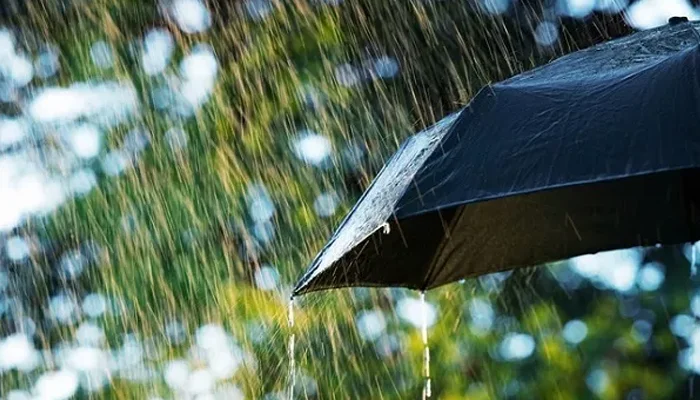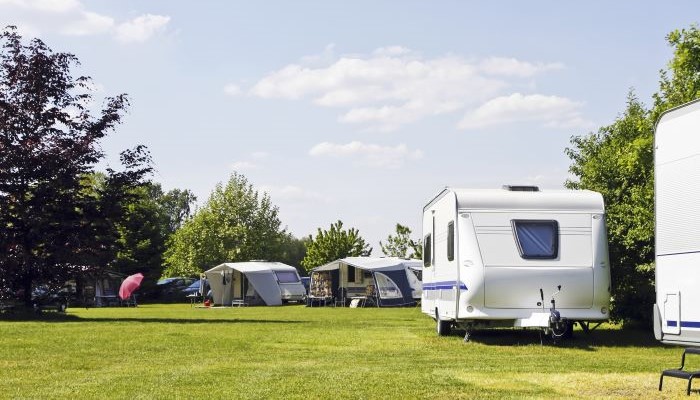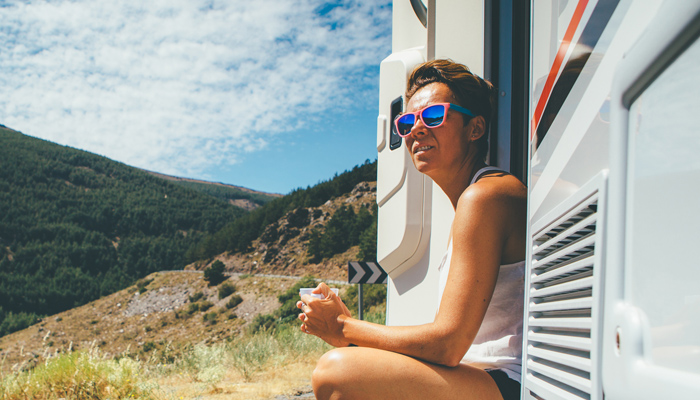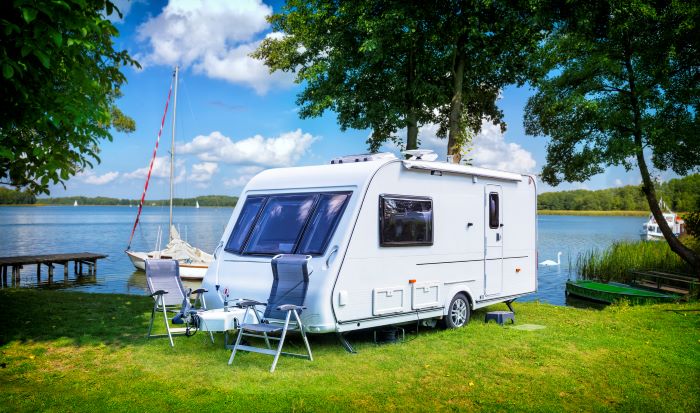Weather-Proofing Your Caravan
The UK can experience unpredictable weather and even in the summer months storms can hit. Read our guide to waterproofing your caravan awning to make sure you’re ready for bad weather.
Water-proofing your awning
Canvas caravan awnings
The fibres in canvas swell when they get wet (which is how these types of awnings keep the water out) but over time these fibres can dry out. Reproofing agents have the effect of swelling the fibres again. They are usually either petroleum or water-based, it’s worth checking with your awning supplier for the most suitable product for your particular awning.
Acrylic caravan awnings
Awnings made of acrylic are waterproof due to the use of chemical treatments, but these can lose their effectiveness over time. They can last a number of years without treatment but the time will come when you may need to treat the awning.
How to weather-proof your awning
-
Clean your awning - When your awning needs to be treated it is important you ensure it is thoroughly clean before you apply any reproofing products to it. If you choose to use an awning cleaning product it is crucial that it is thoroughly washed out with lots of clean water. Allow the awning to dry completely.
-
Spread out your awning - On a dry day fit the awning to the caravan rail and peg out firmly so that the walls are taught. It is also possible to do this over a large washing line as long as the awning is kept taught and you avoid getting any of the reproofing agent on the grass as it can kill it.
-
Apply the reproofing agent - Depending on the type of product you use, you can then either spray or brush the proofing onto the fabric, paying particular attention to the seams as this is where most leaks will form.
-
Dry your awning thoroughly - Once the awning is fully dry you can fold it, but remember that the longer it can be left out to dry the better. Many reproofing agents can have a strong smell so allowing this to dissipate for as long as possible can help reduce the smell.
Storing your caravan awning
Ensure that both the fabric and the poles are completely dry before storing as this may help to prevent mould and rust. It is important that you keep them in a dry, well-ventilated place.
Preparing your caravan for stormy weather
During stormy weather it is important that you remember a number of steps to help limit damage to your caravan.
Remove or secure exterior fittings
It may sound obvious, but it is important to remember to remove fittings such as bike racks and check the fittings on your satellite dish if you have one.
Anything removable like solar panels and exterior water tanks should be stored inside your car or caravan during a storm where possible. It is typically advised that you take down your awning but if that is not possible there are steps you can take to firm up your awning.
Securing your awning
Most awnings come with guy ropes and these can offer some protection against gusts of wind. However, you can go a step further for when the weather gets bad and invest in storm accessories such as storm anchors, poles and straps.
Unfortunately there are no guarantees that your awning will avoid all damage so it's worth checking with your touring caravan insurance provider to check that your awning is covered.
Avoid towing
When the weather is stormy it can be tempting to cut your holiday short, but it's important not to tow in this type of weather. Cross winds can cause havoc with your towing setup, leading to snaking and in the worst-case scenario could even cause your caravan to flip over.
Date: April 07, 2023
Category: Caravan













